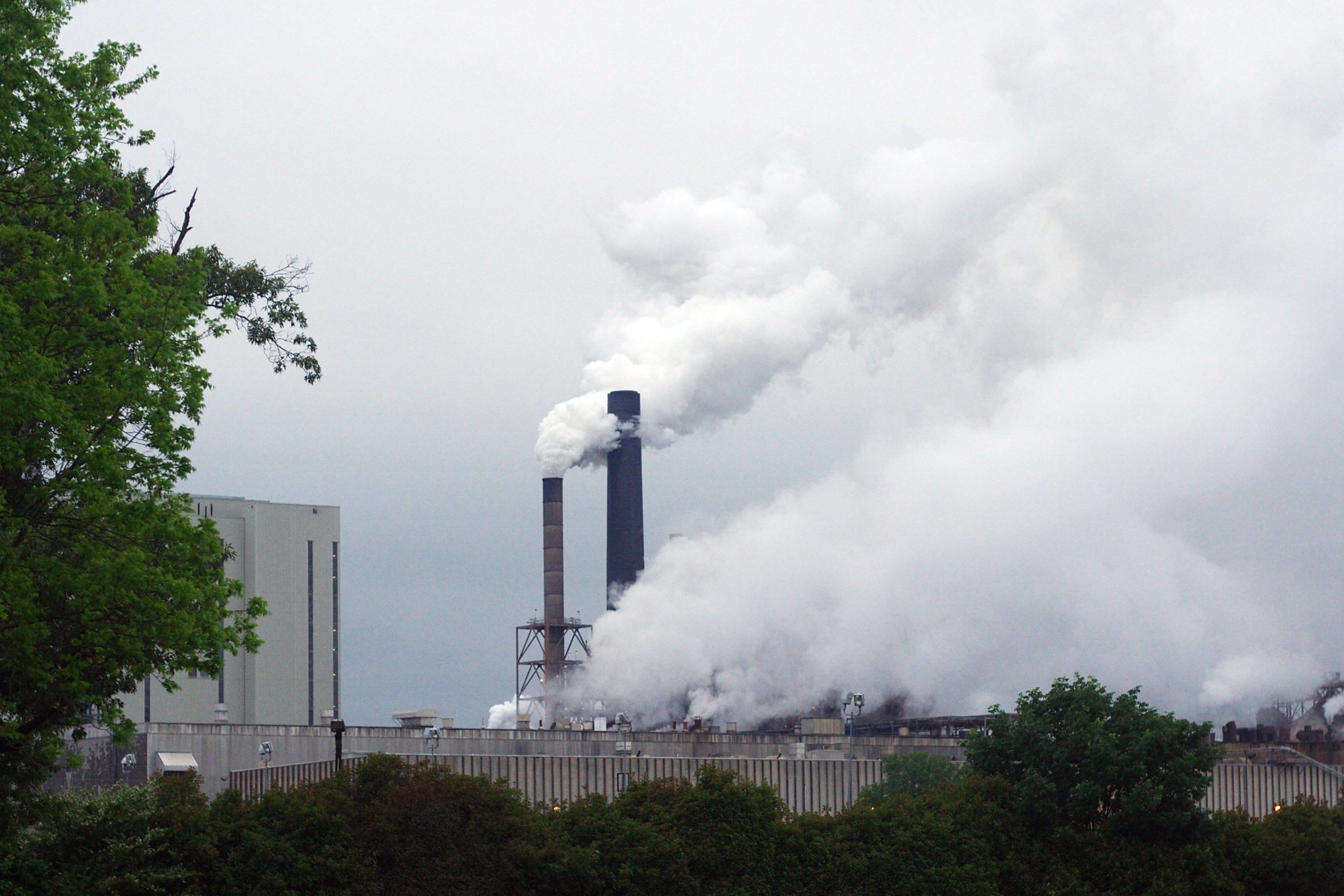The Unclear Future of Carbon Capture
With the recent policy standards called for by President Obama, focus on reducing greenhouse gas emissions has moved to the forefront of the sustainability initiative. Much of this concern circles the hazardous effects of carbon dioxide emissions on the atmosphere, and the longest standing contributors to its release: the smokestacks that are still problematic even in the most modern of coal plants.
Many scientists agree that the hope of deferring effects of climate change relies largely on our ability to capture, and lock away this carbon. This process, if implemented correctly, would greatly reduce the amount of carbon dioxide entering the atmosphere by removing much of it from the emissions released. It would then require formulating a secure method of permanent storage for this collected carbon.
Interestingly enough, we know how to carry out these carbon-capturing procedures, and we have for nearly a century, yet little movement has been made toward actually practicing these methods. The reason behind this lack of momentum, simply put, is cost.
The cost to implement carbon capture and storage is high enough that many companies would not consider it without a requirement made by the federal government. The process would require retrofitting old plants, alongside the energy required for the actual procedure- a large enough sum of energy that it downgrades the efficiency of the plant, making it an undesirable action business-wise sans any federal regulation.
If we find a way to improve the cost-effectiveness, storage concerns still plague the campaign for implementation. We know that injecting liquids underground has been linked to earthquakes, and there is still the possibility of the carbon dioxide tainting drinking water, or even escaping into the atmosphere- a reality that would negate the entire process. These concerns have called for pause on the entire movement.
Even while Obama is pushing to limit the emissions of U.S. power plants, there is little expectation of decreasing the amount of power we harness from coal in the near future. Our dependence on this source of energy, combined with the opposition against Obama’s policy aspirations, make that fact clear.
Though coal may be the largest producer of greenhouse gas emissions, other sources of energy are also subjected to scrutiny, including natural gas collected through fracking practices. According to geologist Stuart Haszeldine at the University of Edinburgh, “if you want to carry on using those fossil hydrocarbons that means cleaning up their emissions,” and capturing this carbon he states, “is the single best way of doing that.”
While the future of this process is still unclear, it is furthering the initiative toward sustainability. Climate change is becoming a stark reality, with implications we don’t even fully understand yet, and many are calling for progress in any way possible.




Leave a Reply
Want to join the discussion?Feel free to contribute!